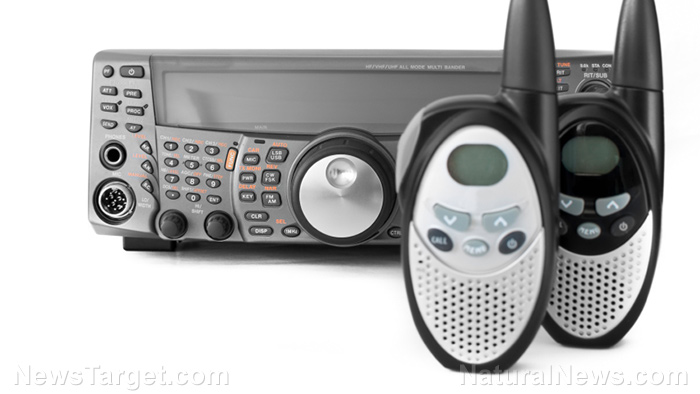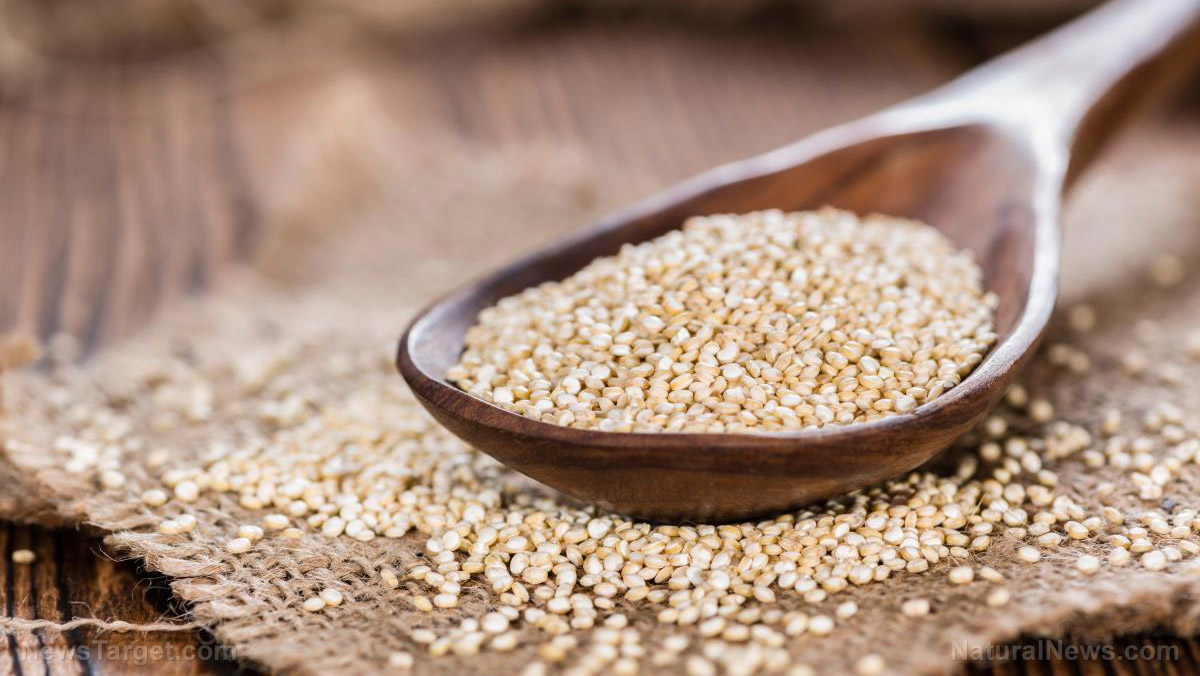Prepper projects: 4 DIY reflector ovens that are easy to make
10/25/2021 / By Divina Ramirez

A reflector oven is an antique cooking apparatus that has recently made a comeback, thanks to its efficiency and convenience – especially when it comes to prepping.
Because of its compact and portable nature, even the most basic or crude reflector oven allows you to cook over an open fire efficiently. A reflector oven allows you to evenly cook food from all sides. This means you’ll use less fuel and time using a reflector oven than placing food in a container and putting that over a fire.
Aside from using less fuel and saving time when cooking, other advantages of a reflector oven include:
- Availability – A reflector oven can be used anytime, even when it is raining or snowing.
- Flexibility – You can simultaneously bake and grill foods in a reflector oven.
- Size of fire – A reflector oven can get hot enough to bake food even when put close to a small fire, which means you don’t have to wait to get a fire roaring before you can cook food.
At its core, a reflector oven is nothing more than a container of metal, typically aluminum or stainless steel. The oven has no moving parts and is open or opens on one side. Food is placed inside, with the open side of the oven facing an open fire. The heat emitted by the fire is caught and reflected by the oven’s shiny interior, cooking the food inside evenly and quickly the same way a conventional oven would.
Reflector ovens are sometimes referred to as solar ovens. Although the two are related, they are not entirely the same. As the name suggests, a solar oven is designed to take advantage of the sun’s rays as its primary heat source. But some reflector ovens that use radiant heat emitted by a fire can also double as solar ovens.
A brand new reflector oven can be pricey. But it is not so much a gadget as a set of principles. As long as you know what makes a reflector oven at its very core, you can easily make one yourself.
Here are four reflector oven designs to choose from:
1. Backpacker reflector oven
This reflector oven is incredibly tiny, weighing a scant 15 ounces. Its pieces snap together easily so you can prepare food fast. Aluminum is usually sold in sheets measuring 3 feet by 3 feet, which should be enough for three ovens. If you want a larger oven, you can make two with one aluminum sheet if you follow this guide.
This reflector oven has no moving parts whatsoever once assembled. When disassembled, it can easily fit into a common envelope.
2. Campfire reflector oven
This medium-sized reflector oven is still quite basic but surprisingly effective. It can be made with a few tools, and it is doable even for preppers with very little experience. This reflector oven can easily accommodate baking sheets’ worth of goods. You can also use it to roast large cuts of meat and heat multiple foods. (Related: Survival essentials: 9 Stealthy ways to cook after SHTF.)
Unlike the backpacker reflector oven, however, this oven isn’t as portable. Since it takes a longer time to set up, it’s best used when you’re not in a hurry to leave camp.
3. Foldable reflector oven
This clever oven is a modern take on the collapsible reflector oven. It folds flat for convenient storage but easily unfolds and locks in place for use as well. Follow this guide for precise measurements, as well as some helpful tips for completing the build.
4. DIY reflector or solar oven
A reflector oven is different from a solar oven, but the former can double as the latter and vice versa. This DIY reflector is actually a solar oven, but it can be used next to an open fire as long as you don’t put it so close to the fire that the plastic backing of the space blanket used to line the oven begins to melt.
A reflector oven is an ingenious piece of equipment that allows you to cook evenly outdoors. Decide which type, size or design works best for your needs and consider making your own to save money.
Sources include:
Tagged Under: DIY, Gear, how-to, off grid, preparedness, prepper, prepping, reflector oven, solar ovens, survival, survival gear, Survival Tips, survivalist, sustainable living
RECENT NEWS & ARTICLES
COPYRIGHT © 2017 GEAR.NEWS
All content posted on this site is protected under Free Speech. Gear.news is not responsible for content written by contributing authors. The information on this site is provided for educational and entertainment purposes only. It is not intended as a substitute for professional advice of any kind. Gear.news assumes no responsibility for the use or misuse of this material. All trademarks, registered trademarks and service marks mentioned on this site are the property of their respective owners.




















